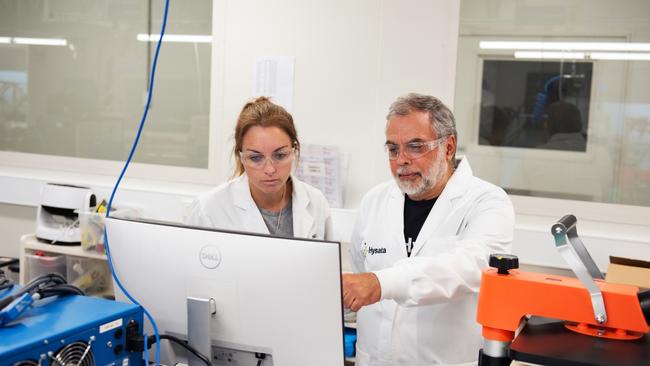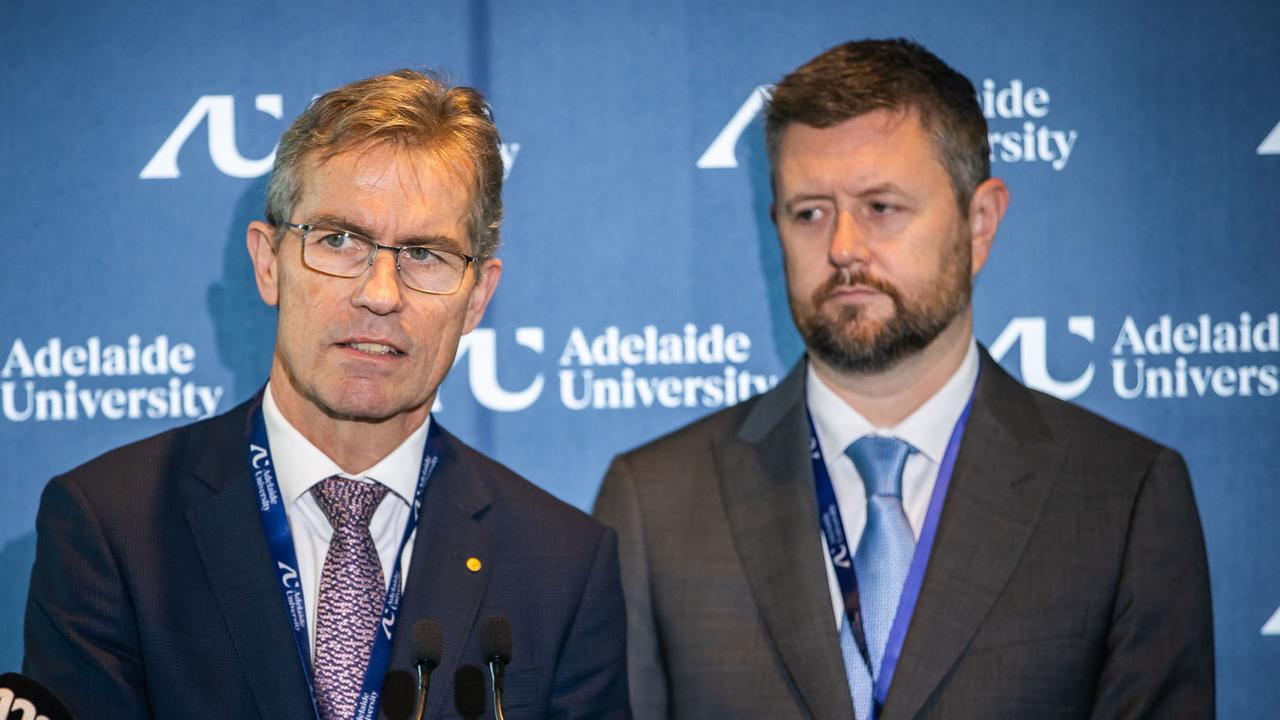World’s cheapest green hydrogen
Interdisciplinary happenstance has spawned a spin-off company to commercialise a new way.

Green hydrogen is widely expected to be essential in the new net zero economy and scientists at the
University of Wollongong have developed a revolutionary way to produce it using far less renewable energy.
Led by Gerhard Swiegers, the team of scientists came up with an ultra-efficient electrolyser, a device that can produce green hydrogen from water using renewable energy with 95 per cent efficiency. Today’s typical state-of-the-art commercial electrolysers waste about 25 per cent of the renewable energy used in green hydrogen production.
“I think it’s fair to say there’s been just incredible interest in it from all over the world, because it is a radically different and far more efficient solution than anything out there at the moment,” Swiegers says. “That’s really captured people’s imagination worldwide.”
As green hydrogen stores large quantities of renewable energy, it will be used to decarbonise sectors
of the economy that are difficult to electrify, such as chemical and steel manufacture, marine shipping, aviation and long-haul heavy transport, which together are responsible for 20 per cent of the world’s emissions.
“It is literally the only solution for powering the hard-to-abate sectors of the economy,” Swiegers says. “Even with the best batteries, you cannot fly a large passenger aircraft between continents. With green hydrogen, you can do that, by using it to make sustainable aviation fuel.”

With academic expertise in both electrochemistry and electrochemical engineering, Swiegers has tackled the problems of green hydrogen production from a broad standpoint. A solution was eventually found with two of his doctoral students at the intersection of the two disciplines. “That maybe was one of the reasons that people haven’t been able to find high-efficiency solutions in the past,” he says, “because it’s multidisciplinary.”
The university scientists’ electrolyser invention was spun off into a commercial operation, Hystata, in 2021, which is now fielding conditional orders and commercial expressions of interest from all over the world.
Funded by venture capital investors, the company is currently working on large-scale
demonstration projects. Hydrogen is one of the most
widely used industrial gases, but almost all commercial hydrogen is generated by fossil fuels.
“Australia’s largest exports are coal, iron ore and natural gas,” Swiegers says. “There’s concern on the part of the government that those export industries may decline over time as the world moves to environmentally sustainable solutions. Green hydrogen offers a way to replace those energy exports with a value- added clean energy product.”
The improvement in production efficiency offers a major economic benefit for customers, Swiegers believes, as it will make many planned green hydrogen projects economically competitive.
“Continuous improvement in the technology for producing green hydrogen is my main aim at the University of Wollongong at the moment,” he says, adding that he plans to stay ahead in the fast- paced, rapidly changing and rapidly developing field of green energy. “The new green hydrogen technology presents profound new intellectual questions that we need to answer and new scientific opportunities that we need to chase down.”


